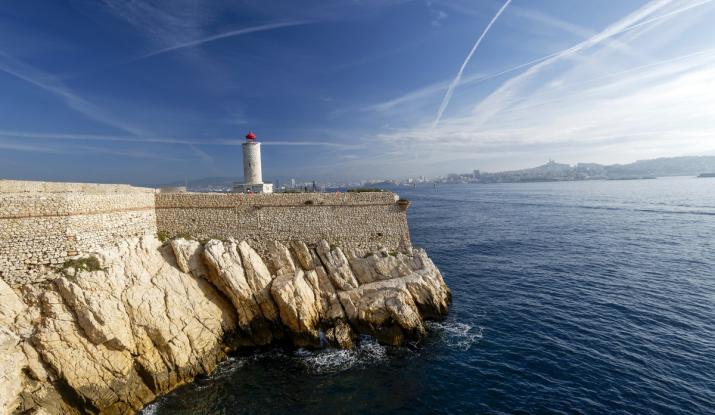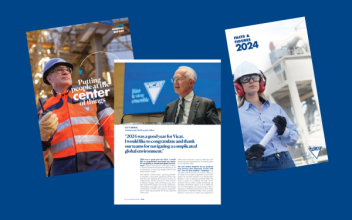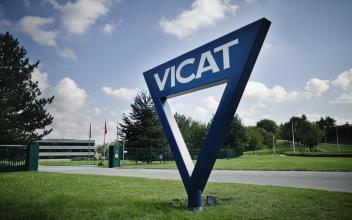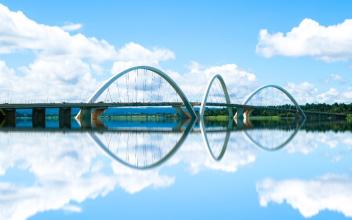Château d’If: new ramparts made with Prompt natural quick-setting cement
In 2020 renovation work at the mythical Château d’If fortress continued, using Vicat’s Prompt natural quick setting cement to give its 100,000 visitors every year the welcome they deserve.
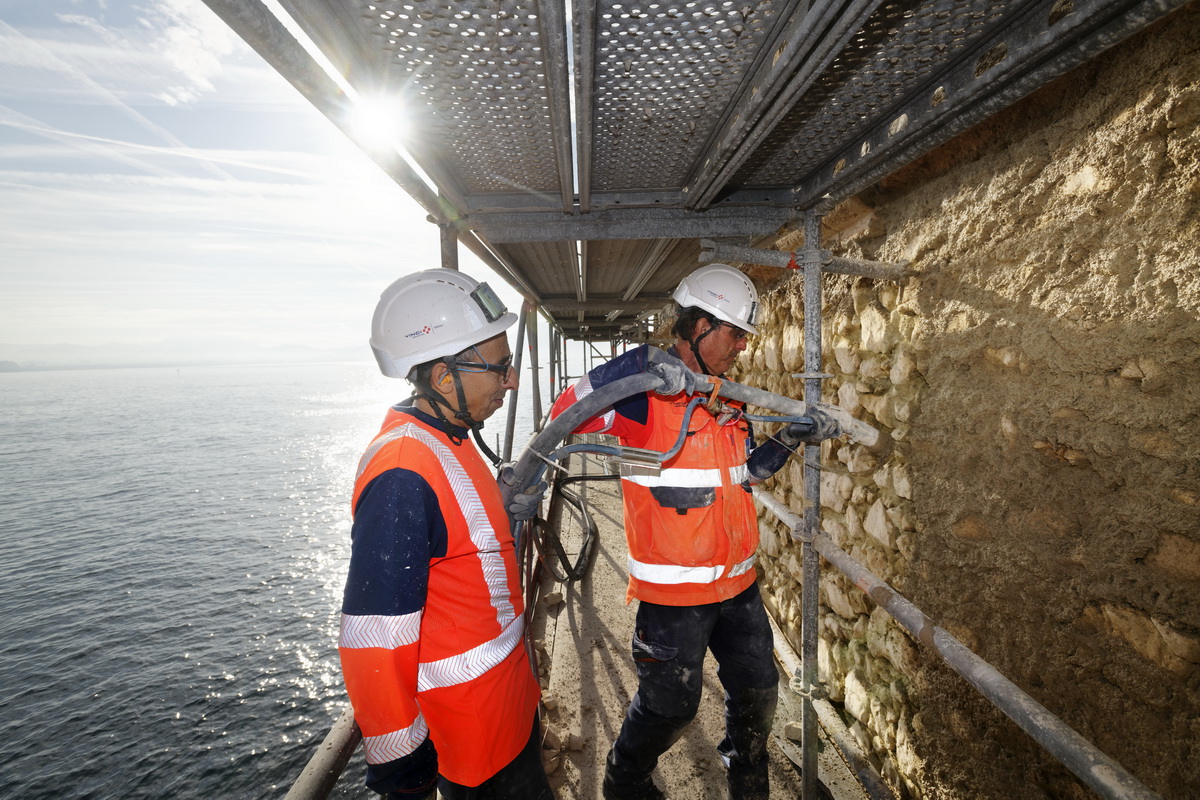
Château d’If in a nutshell
Built on If Island in 1516, the strategic fortress is part of the defensive works built on every one of the islands in the Frioul Archipelago to protect the city of Marseilles.
It was also used as a prison, and was made famous as such throughout the world by the novel of Alexandre Dumas, The Count of Monte Cristo, in which the main protagonist was held there—and escaped.
Renovation of the ramparts
After Vicat’s Prompt natural quick-setting cement was used to repave 500 m² of the landing quay, the administration of Château d’If undertook to have the escarp wall ringing the island renovated with the same material.
The project consists of four separate phases: restoration of the scarp wall, stabilization of the masonry wall, consolidation of the foundation rock, and reconstruction of the parapets that had been demolished.
To do this, contractor Girard removed loose rock, drilled boreholes, installed anchors, raked out joints, rebuilt sections of wall, and replaced dimension stone.
The stonework was repointed by machine, by spraying a mortar made of lime and Vicat’s Prompt natural quick-setting cement onto the wall. Prompt cement was the natural choice, for it possesses properties that are indispensable for this kind of project: resistance to the marine environment, compatibility with lime, and a light ocher color that matches the tones of the fort.
The ramparts will find all their long-lost strength and luster again in the fall of 2020, thanks to France’s national monuments center (the project owner), the chief architect of historic monuments, François Botton (project manager), and contractor Girard.
To help protect the island’s ecosystem while the work proceeds, steps have been taken to capture and safeguard European leaf-toed geckos (Euleptes europaea) and to create nest boxes and artificial burrows.

4
metric tons of cement

6,100
square meters of ramparts

18
months of work
